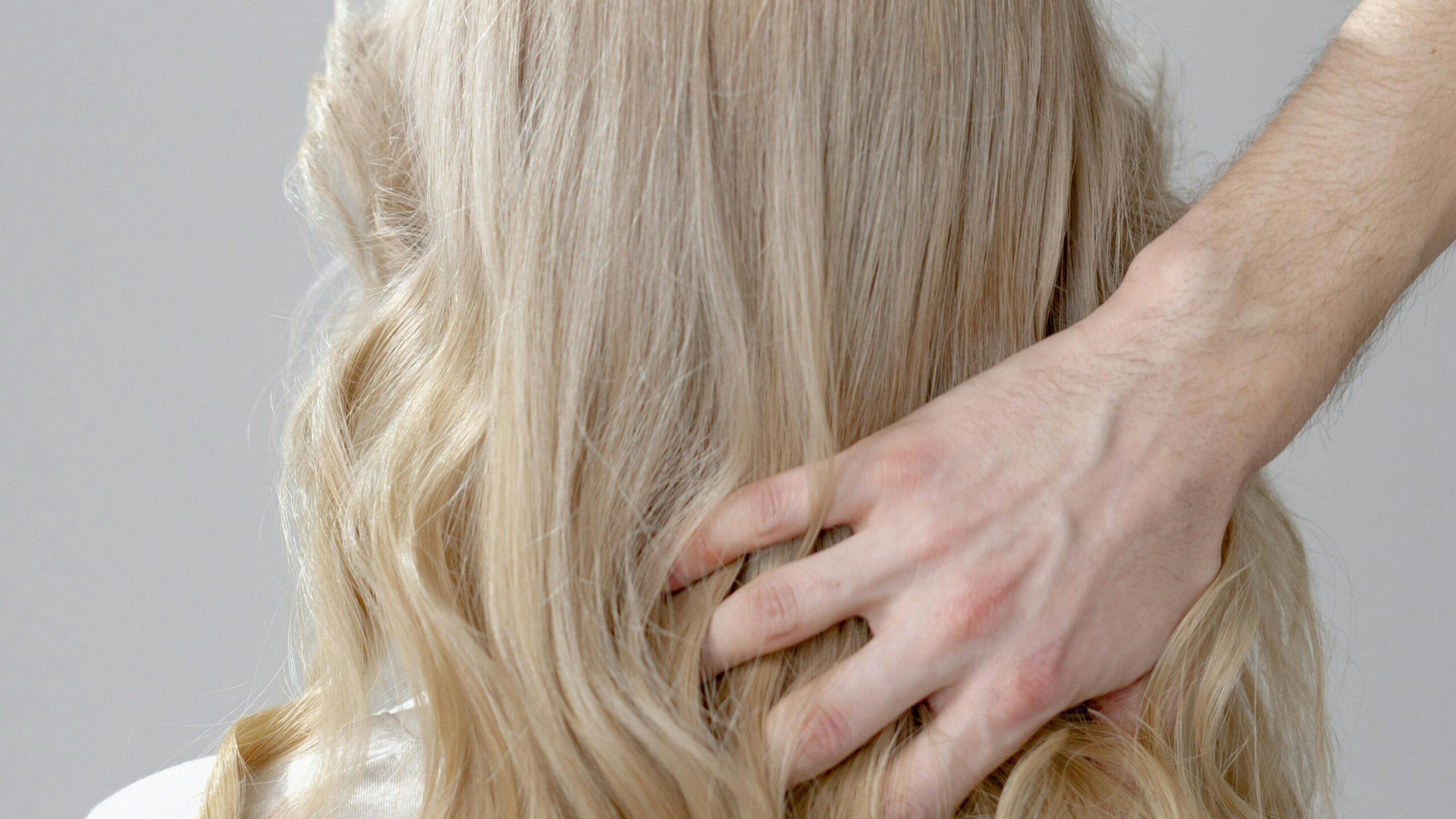Introduction
Understanding Hair Porosity: How to Determine and Care for Your Hair’s Unique Needs
Hair porosity refers to your hair’s ability to absorb and retain moisture. Understanding your hair’s porosity can help you tailor your hair care routine to meet its specific needs, ensuring healthier, more manageable hair. In this comprehensive guide, we’ll explore what hair porosity is, how to determine your hair’s porosity level, and how to care for each type.

What is Hair Porosity?
Hair porosity is determined by the condition of the hair cuticle, which is the outermost layer of the hair shaft. The cuticle consists of tightly bound overlapping scales that protect the hair’s inner layers. The ability of these scales to lift and close dictates how well your hair can absorb and retain moisture.
There are three main levels of hair porosity:
- Low Porosity: The cuticle layers are tightly packed and flat. Moisture has a hard time penetrating the hair shaft, but once it does, it is retained well.
- Medium (Normal) Porosity: The cuticle layers are slightly raised, allowing moisture to enter and leave the hair shaft with ease. This type is generally well-balanced.
- High Porosity: The cuticle layers are widely spaced or damaged, making it easy for moisture to enter the hair shaft, but it also leaves just as quickly. High porosity hair often appears frizzy and dry.
How to Determine Your Hair Porosity | hair porosity test
Determining your hair’s porosity can be done with a few simple tests:
- The Float Test:
- Take a few strands of clean, dry hair and place them in a bowl of room temperature water.
- Let them sit for 2-4 minutes.
- Observe how the hair behaves:
- Low Porosity: Hair floats on top.
- Medium Porosity: Hair floats in the middle.
- High Porosity: Hair sinks to the bottom.
- The Slip ‘n’ Slide Test:
- Take a strand of hair and slide your fingers up the shaft (from tip to root).
- Low Porosity: Your fingers will slide smoothly with little resistance.
- High Porosity: You will feel bumps along the way.
- The Spray Bottle Test:
- Spray a small section of your hair with water.
- Low Porosity: Water beads up on the surface.
- High Porosity: Water absorbs quickly.
Caring for Low Porosity Hair
Low porosity hair can be challenging to moisturize, but once you find the right techniques, it can maintain moisture well.
1. Use Heat:
- Applying heat helps to open the tightly packed cuticles. Use a steamer, warm towel, or heat cap when deep conditioning to help the product penetrate the hair shaft.
2. Light Moisturizers:
- Avoid heavy products that can sit on the surface and create buildup. Opt for light, water-based moisturizers and leave-in conditioners.
3. Clarifying Shampoos:
- Use a clarifying shampoo once a month to remove any product buildup that can block moisture from entering your hair.
4. Humectants:
- Ingredients like glycerin and honey can help draw moisture into the hair. Look for products that contain these ingredients.
Caring for Medium Porosity Hair
Medium porosity hair is generally easy to maintain, as it balances moisture absorption and retention well.
1. Regular Conditioning:
- Use a good conditioner regularly to maintain moisture levels without overloading the hair.
2. Balanced Products:
- Avoid overly heavy products that can weigh your hair down or too light products that might not provide enough moisture.
3. Protective Styles:
- Use protective styles to maintain moisture and reduce damage from environmental factors.
4. Avoid Over-Manipulation:
- Minimize excessive styling and heat usage to prevent altering your hair’s porosity.
Caring for High Porosity Hair
High porosity hair requires more attention to retain moisture and prevent damage.
1. Protein Treatments:
- Regular protein treatments can help strengthen the hair and fill in gaps in the cuticle. Look for products that contain hydrolyzed proteins.
2. Heavy Moisturizers:
- Use thicker, more emollient-rich products that can help seal moisture into the hair. Butters, oils, and creams are excellent for high porosity hair.
3. Layering Products:
- Use the LOC (Liquid, Oil, Cream) or LCO (Liquid, Cream, Oil) method to layer products and lock in moisture effectively.
4. Avoid Heat and Chemicals:
- Limit the use of heat styling tools and chemical treatments that can further damage the hair cuticle.
5. Sealing the Cuticle:
- Rinse your hair with cool water after conditioning to help close the cuticle and lock in moisture.
General Tips for All Hair Porosities
Regardless of your hair’s porosity, some general practices can benefit everyone:
1. Regular Trims:
- Regular trims help prevent split ends and keep your hair healthy.
2. Gentle Handling:
- Be gentle when detangling and styling your hair to avoid breakage. Use wide-tooth combs or your fingers to detangle.
3. Protective Styles:
- Use protective styles to reduce manipulation and shield your hair from environmental damage.
4. Healthy Diet:
- Maintain a balanced diet rich in vitamins and minerals to support overall hair health.
5. Hydration:
- Drink plenty of water to keep your hair hydrated from the inside out.
Conclusion
Understanding your hair’s porosity is key to tailoring your hair care routine to meet its specific needs. Whether you have low, medium, or high porosity hair, knowing how to care for it properly can make a significant difference in the health and appearance of your hair. By following the tips and techniques outlined in this guide, you can achieve healthier, more manageable hair that looks and feels its best.




